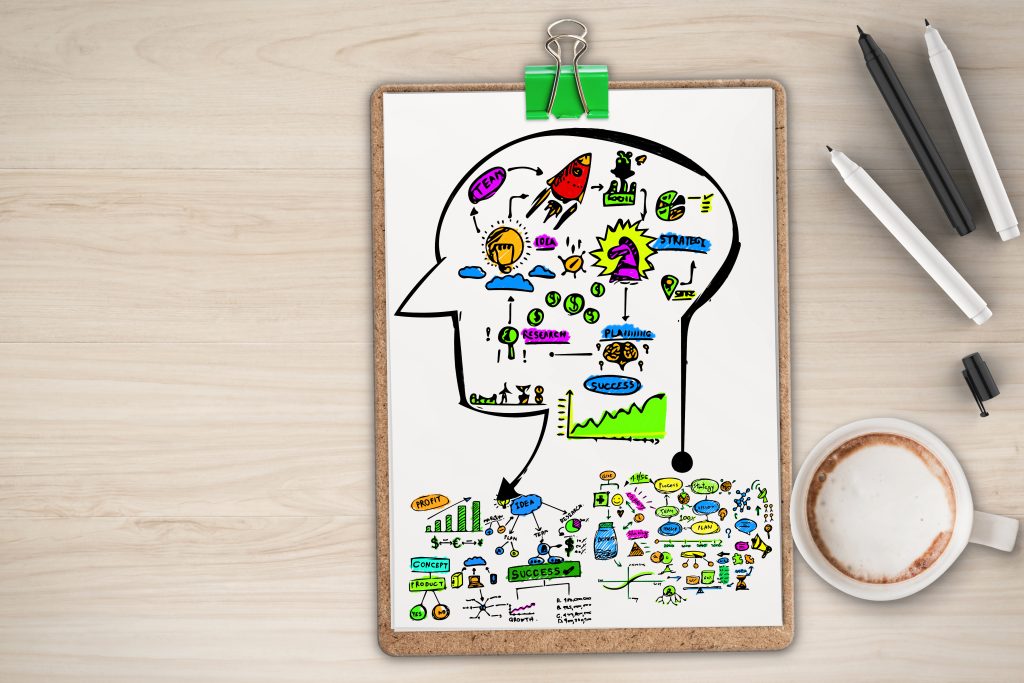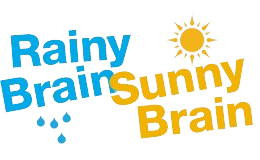Just like a master chef combines different ingredients to create a mouth-watering dish, cognitive strategies are the key ingredients that can transform the way you learn and retain information. These strategies are like the secret recipe to success, allowing you to digest complex concepts, apply knowledge effectively, and conquer the ever-growing mountain of information. So, get ready to discover the five cognitive strategies that will take your learning experience to new heights. Are you curious to find out what they are and how they can revolutionize your approach to learning? Let’s dive in and uncover the secrets together.
Understanding the Cognitive Strategies
Do you want to enhance your learning and retention? Understanding the cognitive strategies can help you achieve that. Effective implementation of these strategies can have practical applications in various learning environments. By actively engaging with the material, you can enhance your understanding and improve long-term retention.
One key aspect of these cognitive strategies is student engagement. By actively participating in discussions, asking questions, and problem-solving, you can enhance your learning experience. This active learning approach has been shown to be more effective than passive learning methods like rereading or cramming.
Another important aspect is the practical application of these strategies. By using real-world examples and mnemonic devices, you can make the information more concrete and memorable. Relating the content to your personal life or job can also enhance retention.
Repetition and Spaced Learning
Repetition and spaced learning are effective cognitive strategies for enhancing long-term retention and encoding of information. To optimize learning, it is important to create effective study schedules that incorporate repetition. By repeating information over multiple sessions, you strengthen the neural pathways associated with that information, making it easier to recall in the future. Additionally, breaks play a crucial role in learning. Taking short breaks during study sessions allows your brain to rest and consolidate the information you have learned.
Applying spaced learning in practice involves dividing your study time into shorter, intensive learning periods followed by breaks. These breaks should involve distractor activities unrelated to the learning content to prevent mental fatigue. It is recommended to keep learning periods to no longer than 30 minutes and repeat the content three times using different contexts.
Distributed practice, a form of spaced learning, is based on the forgetting curve, which measures the time it takes to forget information. Regular review and practice prevent forgetting and improve long-term retention. By spacing out your practice sessions over time, you can improve your memory and enhance your learning outcomes. So, incorporate repetition and spaced learning into your study routine to improve your memory and achieve better long-term retention of information.
Explaining and Writing
Explaining information to others is a powerful cognitive strategy that enhances understanding and improves retention. Effective communication is key when explaining a subject or task to someone else. It not only indicates your understanding but also helps identify gaps in knowledge and improve overall understanding. When you explain information to someone else, you may realize that you missed certain details or concepts, prompting you to go back and fill in those gaps. Additionally, the questions posed by the other person deepen your understanding further.
Writing is also an effective cognitive strategy for improving understanding and enhancing memory. When you write information in your own words, it aids retention by reinforcing learning. Translating information into another language can also enhance encoding. Writing helps organize your thoughts and clarify concepts, allowing for a deeper understanding of the material.
Incorporating real-world examples and mnemonic devices can further enhance memory and understanding. Relatable scenarios or examples make information more concrete and provide context for learning. Mnemonic devices, such as acronyms, visualization, and rhymes, make information more memorable and easier to recall. Active learning through visualization techniques, such as creating mental images or associating information with specific objects, can also improve memory retention.
Real-World Examples and Mnemonic Devices
Real-world examples and mnemonic devices are effective tools for enhancing memory and improving understanding in the learning process. By applying cognitive strategies in your learning, you can make use of relatable scenarios and memory techniques to solidify your understanding and retention of information.
Relatable scenarios provide context for learning and help you understand the relevance of information. By applying what you are learning to real-world situations, such as personal experiences or job-related tasks, you can enhance your retention of the material. Similarly, mnemonic devices, such as acronyms, visualization, and rhymes, aid in memory by providing a structure for organizing and retrieving information. These techniques make information more memorable and easier to recall.
Active learning strategies, such as group work, experiments, and simulations, can also enhance your understanding and retention of information. By actively engaging with the material through discussions, questions, and hands-on activities, you are more likely to retain the information compared to passive learning methods.
Self-testing is another effective cognitive strategy. By quizzing yourself or having a friend ask you questions, you can identify gaps in your knowledge and reinforce your learning. Online quizzes have been shown to positively influence academic performance.
Incorporating these cognitive strategies into your learning can greatly enhance your memory and understanding. So, don’t hesitate to apply real-world examples, use mnemonic devices, engage in active learning strategies, and quiz yourself to improve your learning outcomes.
Active Learning and Visualization Techniques
Engage actively with the material and enhance your learning through visualization techniques. Here are three powerful strategies to help you maximize your learning experience:
- Active learning techniques: Instead of passively absorbing information, actively engage with the material. Participate in discussions, ask questions, and seek clarification. This will deepen your understanding and improve retention.
- Hands-on activities and problem solving: Get involved in practical exercises that require you to apply what you’ve learned. This can include simulations, experiments, or real-world scenarios. By actively solving problems, you’ll gain a deeper understanding of the concepts.
- Group work: Collaborate with others to enhance your learning. Working in groups allows for diverse perspectives and the exchange of ideas. It also promotes critical thinking and problem-solving skills.
Incorporating memory techniques into your learning process can also be beneficial. Visualization, for example, can help you remember information by associating it with vivid mental images. By actively engaging, applying concepts, collaborating with others, and using memory techniques, you can optimize your learning experience and improve your retention of the material.
Quiz Yourself for Better Learning
To enhance your learning and improve retention, one effective strategy is to quiz yourself regularly. Self-testing has been shown to be a beneficial learning technique. By creating flashcards with questions and answers, you can actively engage with the material and reinforce your understanding. Quizzing yourself or having a friend ask you questions can help enhance your learning outcomes. It can be particularly useful for exam preparation, interview practice, public speaking, teaching, and identifying knowledge gaps.
In addition to traditional flashcards, online quizzes have become increasingly popular and have been shown to have a positive impact on academic performance. These quizzes provide an interactive and engaging way to test your knowledge and reinforce concepts. They allow for immediate feedback, which can help you identify areas where you may need further study.
Using cognitive strategies for quizzing yourself can also help you identify knowledge gaps. By regularly assessing your understanding of the material, you can pinpoint areas where you may be struggling and focus your efforts on those specific topics. This targeted approach to learning can lead to more efficient and effective studying.
Benefits and Application of Cognitive Strategies
Regularly quizzing yourself using cognitive strategies can have numerous benefits and practical applications for enhancing learning and improving retention. Implementing cognitive strategies in teaching can lead to more productive and sustained learning outcomes. Cognitive strategies for effective learning, such as repetition and spaced learning, help retain information in long-term memory and improve test performance. Using cognitive strategies for memory improvement, like explaining and writing information in your own words, aids retention and clarifies concepts. These strategies can be applied to any form of learning and have real-world applications in daily life. Additionally, using cognitive strategies in daily life can help manage cognitive overload and support learning for different individuals. By incorporating these strategies, you can enhance your learning experience, improve memory retention, and increase your overall understanding of the subject matter. So, why not start implementing cognitive strategies today and reap the benefits of more effective learning and improved memory retention?

